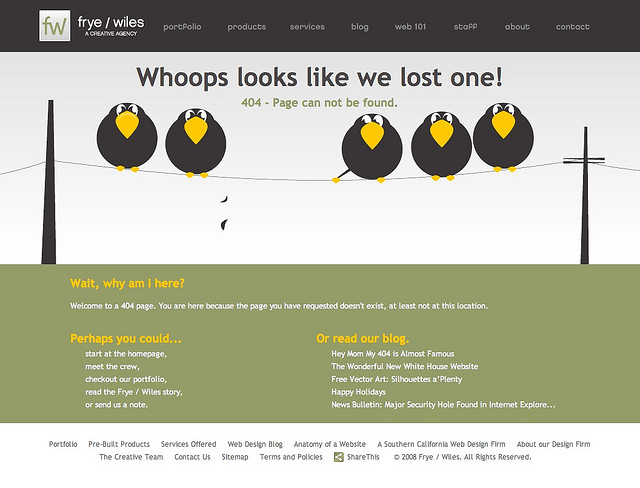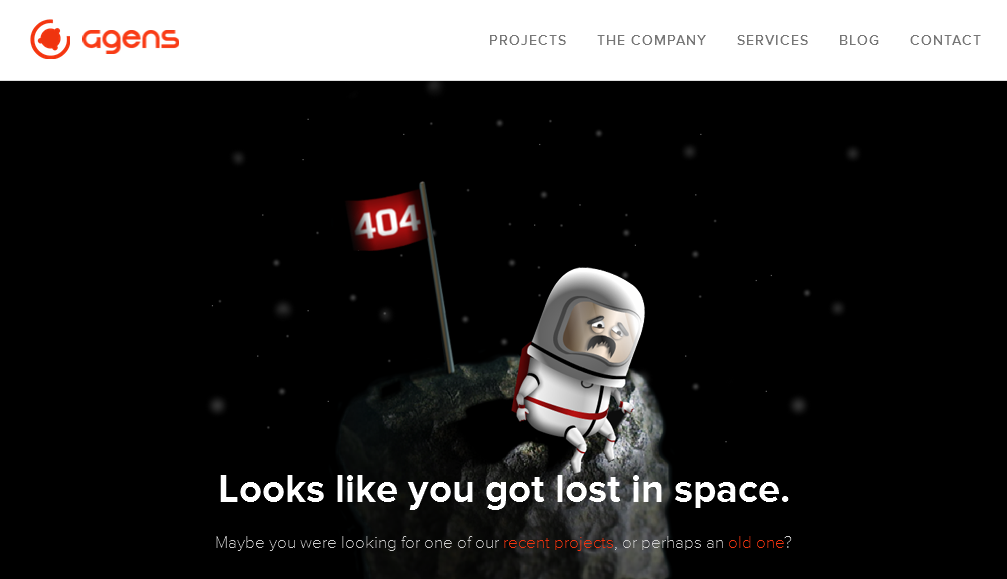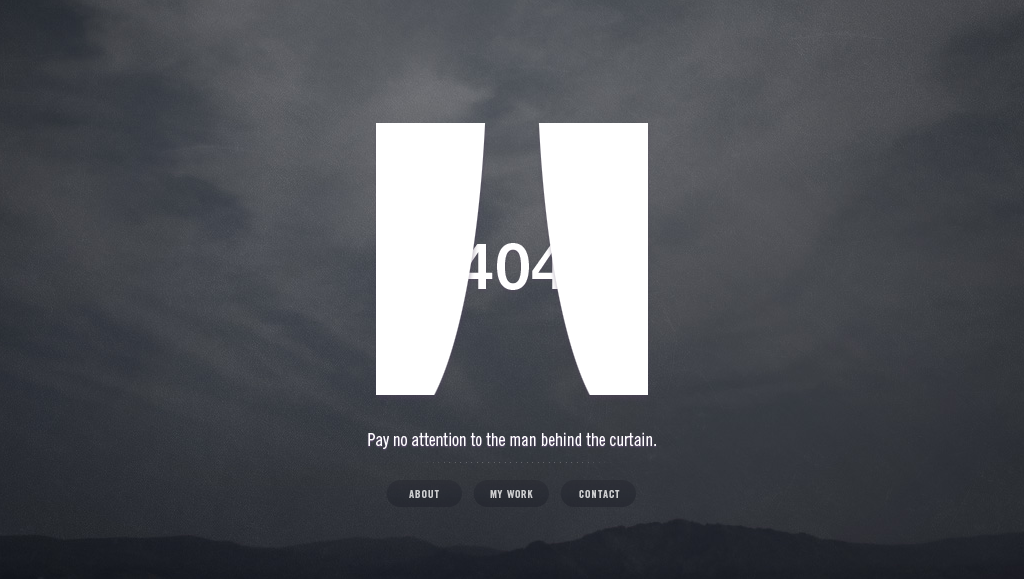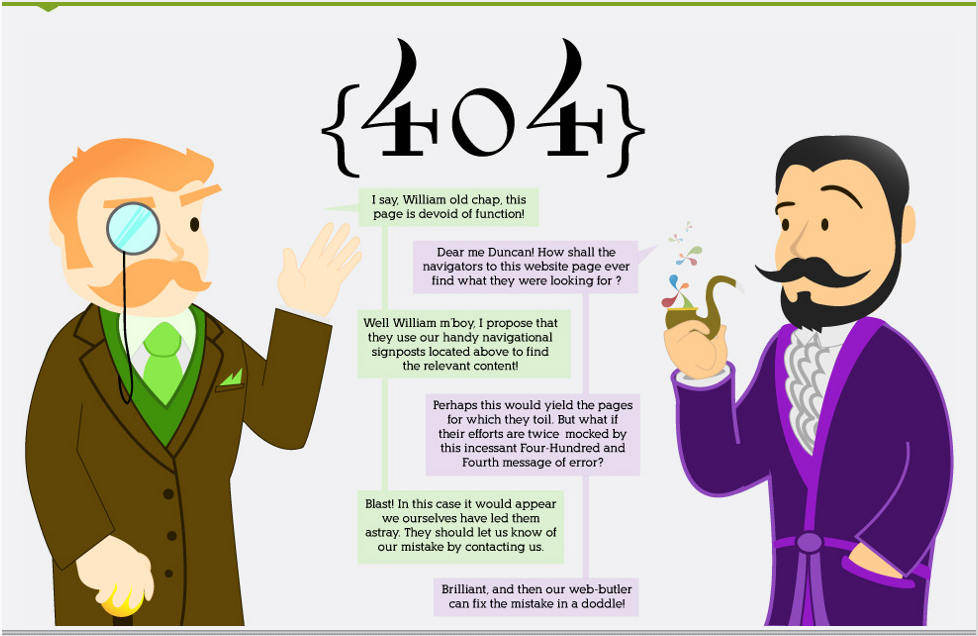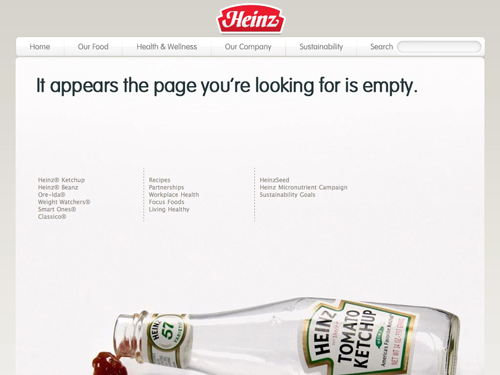There are a number of mistakes being committed while advertising- from poor landing pages to simple spelling mistakes, there are a number of things that may go wrong. For this purpose, I’ll dedicate this post to the most common mistakes committed in a PPC campaign:
1. Be broad minded
One of the most often repeated mistakes by inexperienced PPC advertisers while bidding, is that they miss out on the broad set of search terms. There are some clients who have less than 100 search terms, which is not at all enough, regardless of the business type and size. Some clients are smart enough to have more than 10,000 active terms.
The most apparent terms (like “hotel”) are searched the most. Thus, all your competitors will target this term, increasing the competition for the term and the cost per click. A search term with high competition and heavy searches is bound to have a huge bid on it compared to those which are low in competition and moderate searches. So, it’s better to have a broader set of search terms that will enable you to get clicks from various visitors entering different keywords.
The search terms which are less popular are less expensive. So, do some research and start bidding on a broad set of search terms. You will see that the cost per click will decline and you will outsmart your, competitors.
2. Call out for action
It is very crucial and unavoidable to add a call to action in your ads. It helps in increasing the clickthrough rate (CTR). The calls to action are often not so clear and succinct, which confuses the audience, resulting in fewer CTR’s.
Even if a call to action is included, there are many cases where we see inappropriate language. For instance, there are ads that have calls to action such as, ‘Browse Now’ or ‘View More’, which is fine if your motive is only to drive user engagement. But, if you are looking to generate sales, language such as ‘Buy Now’ or “Purchase Now”, is more likely to entice a user to purchase your product.
Never underestimate the impact of your call to action. Using an appropriate one could in fact, help you in getting sales from those visitors, who were just looking for some information.
3. Start Testing
It is strongly suggested to have minimum 3 variations of your ads. Test these variations of ads every month so that you could see the upwards trend in your CTR.
Failing to update the ads regularly, would only mean that the promotions, prices and your message are all out of date. This affects the CTR, and the user experience as well.
The most important elements to check in your ads would be the descriptions, URL’s at display and the call to action. Try testing some new messaging which mentions the benefits, prices and other promotions along with trying out new site links.
These small variations, if tested, will make it easy to monitor the variations in CTR for each change that has taken place.
4. Lack of ad extensions
There are numerous ad extensions available to all advertisers. The use of these extensions could help you direct the visitors towards the information they’re looking for.
Some of the most common extensions include location, call, and social extensions too as site links. Google has recently introduced enhanced campaigns, which allows to include app extensions, offer extensions and dynamic search ad extensions.
Google strongly encourages the use of these extensions. Google itself claims that site links can raise the CTR by 30%
Ad extensions are currently not being considered and the advertisers are rarely seen to be taking advantage of the extensions relevant to their business.
5. Ad creation best practice
Only by following Google best practices for PPC, will help in knowing the much-required guidelines for preparing the advertisements. It is a good place to start creating ads and structure the account.
Many advertisers neglect this advice, resulting in disastrous CTR’s and no success.
Conclusion:
Unless you break all of the basic rules, you should at the least witness decent results with your PPC campaign. If you are looking to spend more on your PPC advertising, or really want to optimize your advertising program to achieve the best results, consider hiring a PPC consultant, who would have all the attention on your campaign. PPC has and will always prove to be an effective vehicle to drive relevant traffic to your website.













